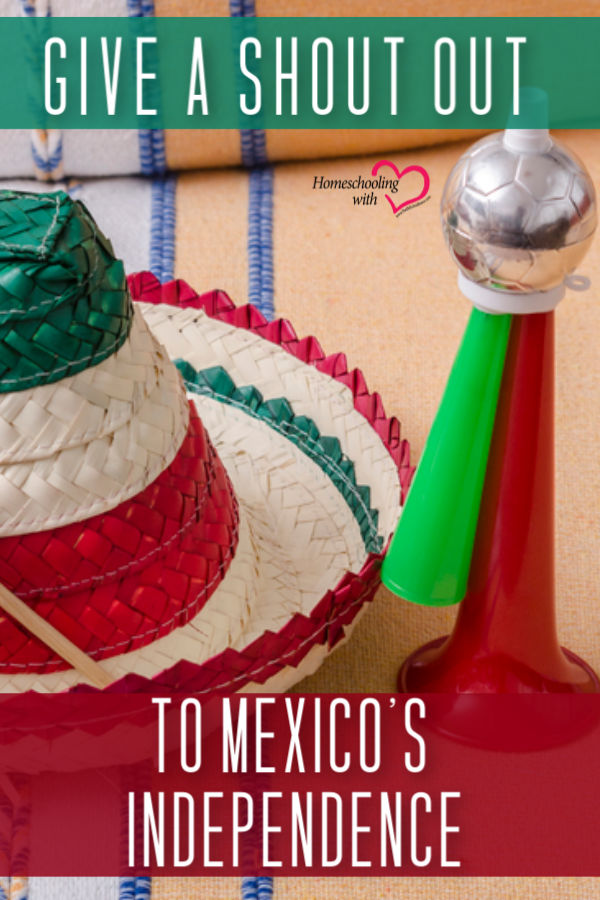Give a Shout Out to Mexico’s Independence


Forget Cinco de Mayo. This year, celebrate Mexico’s true Día de Independencia. Although May 5th gets a lot of press in the States, it actually commemorates a minor battle against Napoleon’s France and is mostly celebrated locally in the state of Puebla.
The declaration of freedom from Spain’s rule is remembered as a national holiday, with schools and many businesses closed. Festivities are kicked off on the eve of the celebration by the El Grito—The Shout. People gather in the zócalo (the plaza) and create as much noise as possible with shouts, noisemakers, and musical instruments.
This echoes the call issued in 1810 by Padre Miguel Hidalgo y Costilla, a Catholic priest and one of the leaders for freedom, to take up arms against Spain. His speech was given in the town of Dolores, meaning “pain,” so the Grito de Dolores can be literally interpreted as “A cry of pain,” which was a true reflection of public feeling at the time.
In modern times, the fiestas (parties) continue the following day, with brightly colored decorations and costumes, food, dancing, music, and fireworks.
Mexicans have good reason to celebrate. They had been ruled as New Spain for 300 years. Their ruler was a virrey, a viceroy appointed by the king of Spain to maintain order in the territories it claimed in the New World. The role of a viceroy was to stand in for the king and maintain order in the distant lands. Mexico City was the capital, ruling the population of Mexico, parts of Central America, the Southwestern United States, and other far-flung lands. Due to great distances, slow ships, and lack of funds, decisions were left up to the whims of the local ruler.
Inspired by the revolutions in the United States and France, Mexicans rallied for independence as well. They were ready to end the rule of Spain, redistribute land, and establish racial equality. It was not an easy victory; independence was not declared until eleven years later on September 28, 1821.
Don’t miss this opportunity to congratulate the Mexican people for their willingness to fight for their freedoms.
Even if the Spanish language and Mexican history aren’t part of your homeschool curriculum, you can set aside the day to learn a little about its history and culture.
How can you help celebrate? Here are some suggestions:
On the evening of September 15:
- Shout and make noise
- Yell “Viva Mexico” or “Viva la independencia”
- Play loud music
On the 16th:
- Display the Mexican flag
- Dress in traditional costumes
- Prepare antojitos (finger foods or snacks) to eat
- Drink ponche (punch) made of fruits in season
- Play Mexican music, especially by mariachis
- Decorate with the colors of the flag: roja, blanca, y verde (red, white, and green)
Prepare by searching online for recipes, music videos, maps, and pictures of typical festivities. Take a look at the history and culture of our neighbor to the south and join in giving them a shout.
Jeanette is a semi-retired college English and Spanish instructor and a published author and indie authorpreneur. She has helped over a dozen beginning writers take their project from idea to finished book. Now she is developing online courses and expanding her website and blog to take new authors from aspiring to avid. Declaring herself as “Chaplin by birth; chaplain at heart,” she also writes inspirational articles and blog posts, especially about the lives of Bible women.
Her blogs can be found at http://www.wordsareforever.com/ and https://chaplainesquethoughts.wordpress.com/







































